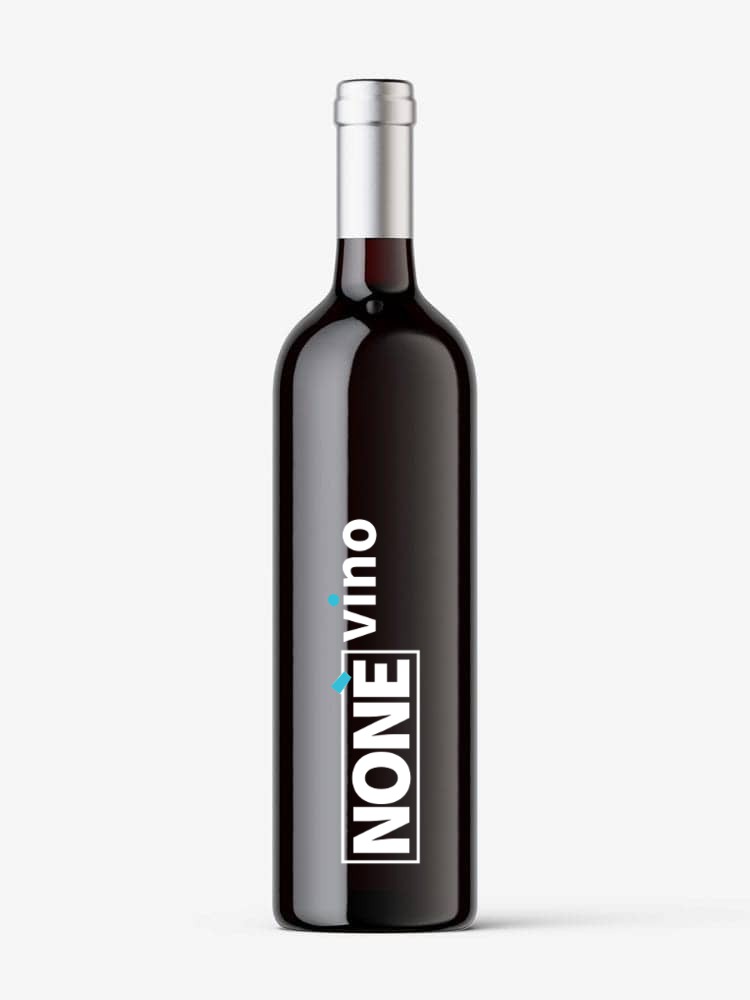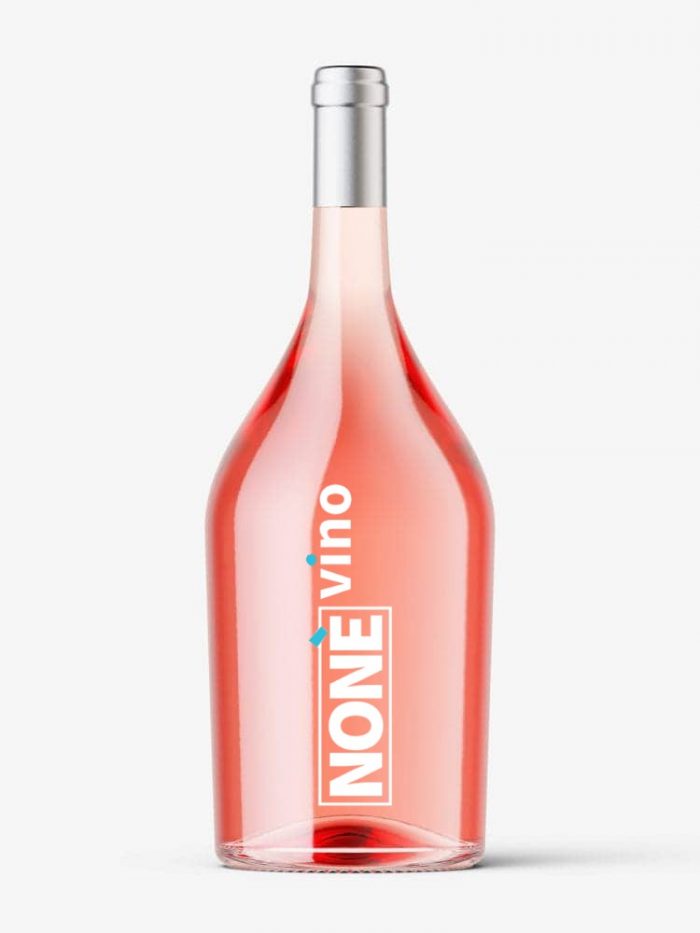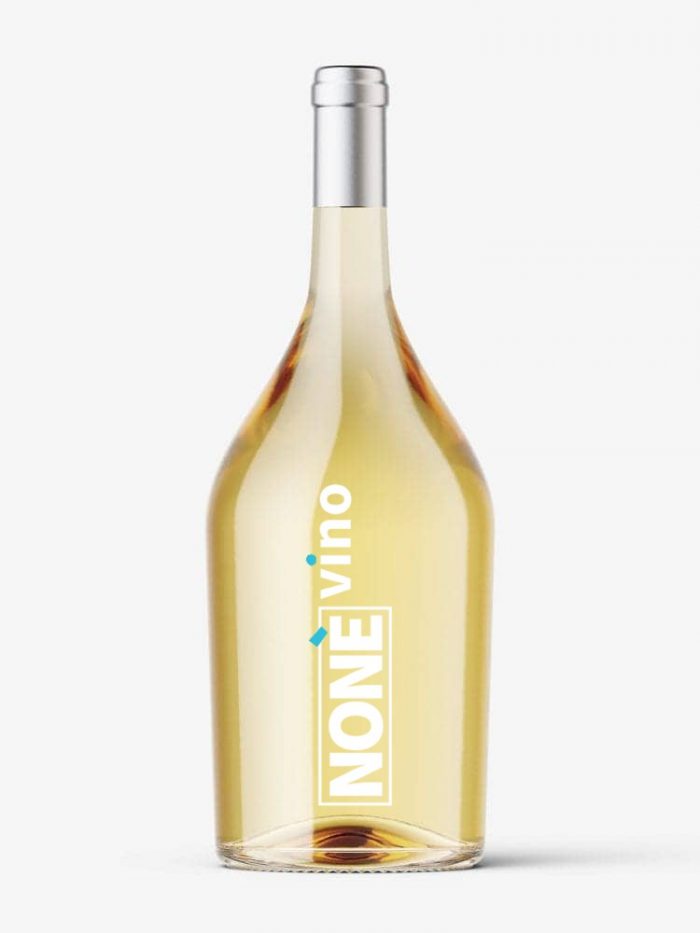Valtellina, which together with Valchiavenna represents the territory of the province of Sondrio, is geographically located north of Lake Como between the parallel 46 and 46.5.
Some particular environmental situations favor the creation of climatic conditions suitable for viticulture and in particular for the “nebbiolo” grape variety:
the valley, longitudinal to the mountain range, is east-west oriented for the vineyards and the foothills coast, on the right bank of the Adda river, enjoys a completely southern exposure;
it is protected, to the north and east, by the mountain range of the Rhaetian Alps, with peaks of high altitude (all over 3,000 meters, with peaks over 4,000);
to the south the chain of the Orobie Alps, with slightly lower peaks, encloses it in a kind of amphitheater;
the relative proximity of the Lake Como basin, to the south-west, acts as a regulator and thermal reliever;
viticulture is located on the south-facing coast, on the Rhaetian side, from an altitude of 300 meters up to a maximum of 700 meters, with the sole exception of two fans positioned in the widest part of the valley.
An interesting and characteristic detail of the territory is the system of terracing. Terracing is a method of clearing steep mountain slopes, an expression of a precise settlement culture that is found, with many similarities, in all the valleys of the Alps. The terraced system of Valtellina is identified with the construction of a myriad of dry stone walls that support the vineyard ronchi. This is a work that began a few millennia ago and perpetuated over time through the daily work of the winemakers who, for all this, are authentic maintainers of the area. The walls are of a gigantic entity; estimated at over 2,500 km of linear development, with an average incidence / hectare of more than 2,000 m2 of vertical surface and, consequently, with very high maintenance costs.
In addition to allowing the realization of the agricultural economy, the terracing becomes an essential component of the landscape charm of the territory and an important element of safeguard and protection of the mountain slopes.
The Production Area of Sforzato di Valtellina DOCG Wine is located in:
province of Sondrio and includes:
– on the right orographic bank of the Adda river all the sloping lands located between the route of the s.s. n. 38 and a level altitude of 700 meters a.s.l. from the municipality of Ardenno to the municipality of Tirano, included; in the territory of the municipality of Piateda and Ponte in Valtellina the vineyard slopes go beyond the s.s. n. 38 to the river Adda;
– on the left orographic bank in the municipality of Villa di Tirano in the Stazzona district and in the municipality of Albosaggia the sloping land between the river Adda and a level altitude of 600 meters a.s.l.
During the vinification phases, only loyal and constant oenological practices of the area are allowed, suitable to give the wines theirs peculiar quality characteristics.
The oenological practices of vinification of the Sforzato di Valtellina DOCG wine include, among other things, that:
– Sforzato is the result of the vinification of grapes which have been dried for a long time in the attic until they lose, by natural dehydration, about 30% of the volume of water contained.
– Harvest is carried out during the harvest period with careful selection and great caution: the bunch must be ripe (with about 18% -20% sugar), absolutely healthy, with well-divided berries. Subsequently, the bunches are put to rest, from harvest until the end of January or, in some years, even until February / March, in the winter cold, to dry and concentrate their juices until reaching 26% – 27% concentration. sugary.
The maximum yield of fresh grapes in finished wine (variable conditioned by the state of drying of the grape itself), cannot exceed 40 hl / hectare. If you exceed this limit, but not 44 hl / hectare, the excess is entitled to the denomination of controlled origin “Valtellina” rosso or rosso “di Valtellina” (equal to a maximum of 4 hl / hectare).
The practices of elaboration of the denomination of controlled and guaranteed origin wine “Sforzato di Valtellina” or “Sfursat di Valtellina” foresee an aging and refinement period of twenty months, of which at least 12 in wooden barrels.
The origins of viticulture in Valtellina are very distant in time. The agricultural exploitation of the territory and the terraced arrangement can be traced back to Roman or at least Lombard times, if not even pre-Roman as the first inhabitants of the valley were the Ligurians who were followed by the Etruscans, and both peoples knew the cultivation of the vine. .
The rationalization and intensification of vine cultivation, however, is to be ascribed, first to the Romanesque colonization and, later in the Middle Ages (10th and 11th centuries), to the movement of the “magistri Comacini” and to the Benedictine monks. It is documented that already a few centuries before the year 1000, the Sant’Ambrogio Monastery in Milan owned several plots of specialized vineyards on the Rhaetian side of the Valtellina, whose product was intended for local consumption and certainly also for the monks of the Lombard capital.
However, the great viticultural impulse to Valtellina is consequent to the presence of the Swiss government by the Gray League (today the “Canton of Grisons”). For almost three centuries, from 1550 to 1797, Valtellina was a Grisons territory and the first wine export trade was a consequence of the economic relations that the Gray League had with the courts of central and northern Europe. The fame of the wines of Valtellina which, even afterwards, continued to travel towards the north is especially from those centuries.







